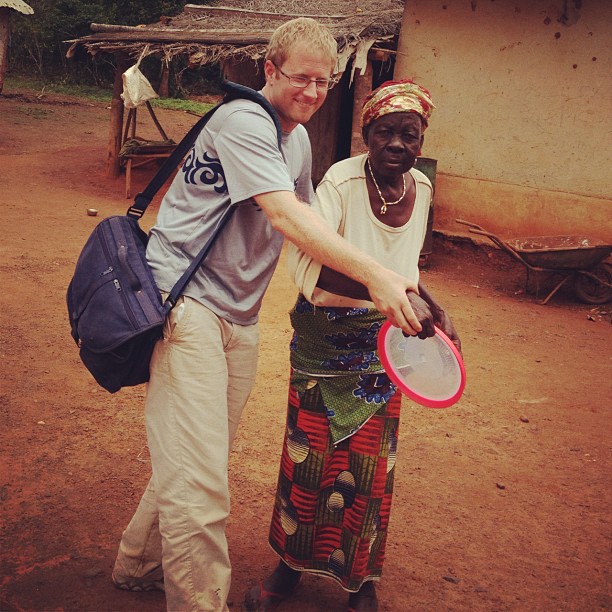Method to the Madness: How I Interview People
I thought I would start sharing a little bit about how I work. I’ve been collecting and sharing stories now for a decade from all over the world and have learned a few things along the way. I’m not saying that my methods are perfect, but they work for me.
The most important thing I do is not interview anyone.
Here’s the tools I use to do that – Moleskine, Bic pen, iPhone, Asus netbook, dropbox
My stories are usually people focused so I typically conduct multiple interviews with the characters lasting 15-90 minutes long. Quotes are really important to me. I’ve been misquoted many times and I hate it. Turns out that there’s these amazing things that actually capture word-for-word what people say called recorders. I use my iPhone and the FiRe app (5.99 on iTunes). Fire is supposed to allow you to send files to DropBox (cloud storage) but that has yet to work for me. Instead I download them using the http linking feature.
I turn on FiRe and tuck it under my Moleskine. Soon the interviewee forgets about it or at least that’s the hope. I write some quotes in my notebook, but mainly to keep track of my place in the conversation. Instead I write descriptions of the scene and of the person. What’s happening in the background that might be relevant to the story. For instance the other day I visited a family’s farm. How the person interacted with the environment was every bit as important as what they said. Since what they said was being captured by the audio, pen and paper is the only way to get it.
I write fast. This is important. I’ve been interviewed and people stopped me to write. The goal with any interview is to have a conversation and there’s no better way to have a conversation fall back into an interview if you stop the person to scribble something. My moleskine is filled with one word notes: “helicopter” to denote a helicopter flew over, or “yells at dog. “ The notes aren’t worth much in a few days so it’s important that I sit down with my moleskine at least every day or two to write out the notes and the scene while I remember what happened. I write out the notes on my Asus netbook and save them in Dropbox.
I also take photos of the setting. My eye doesn’t always catch everything so a few quick photos often helps me describe the scene and the interviewee in more detail. I save these to drop box as well, along with my notes and audio files.
An interview will only give you part of the story. It’s important to see your subject move through their world or put them in a situation — like playing a sport or visiting a market or walking in a field — that allows their character to shine through.
Interviews are important, but they aren’t everything. The best material always seems to happen when the notebook is away and the recorder is off. When I’m in these situations I try to hang on to a few telling quotes and remember the events until I find my notebook to scribble them down.
A notebook and a recorder can get in the way between you and the heart of the person you are writing about. Relax and carry on a conversation.
Don’t interview. Talk
I typically go in with 5-7 questions that I really want to touch on written in my notebook. I rarely look at them. I let my curiosity and the organic evolution of the conversation guide the interview and check the questions at the end to see if I touched on them.
Also warming up your subject with a little Aerobie never hurts either!


Let your voice be heard!